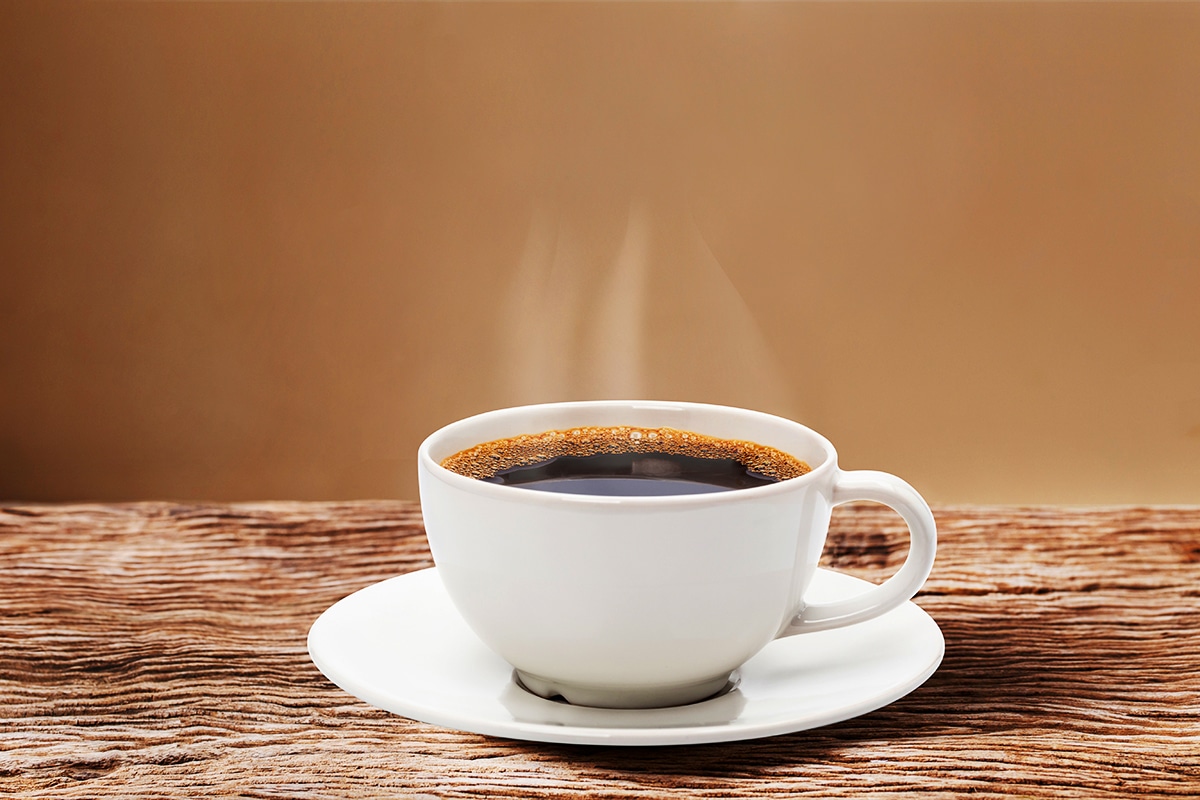The Secret to a Perfect Cup of Coffee
Coffee has become an essential part of our daily routine. It is estimated that around 3 billion cups of coffee are enjoyed worldwide every day. Most of us rely on coffee to help us spring into action in the mornings or to give us a much-needed energy boost during the day. However, have you ever wondered what goes into preparing a perfect cup of coffee?
In this article, we will take a closer look at the secrets to brewing the perfect cup of coffee and how it can lead you to discover a world of flavours beyond your wildest dreams.
The Brewing Process
Before we delve into the specifics of brewing coffee, let’s take a look at the basics. Coffee brewing is a process that involves extracting flavour compounds from the grounds. The four main elements that come into play when brewing coffee are water, heat, time and grind size.
Water
Water is essential when it comes to brewing coffee. It makes up a significant percentage of your final drink, so the quality of the water can have a big impact on the taste of the coffee. Water should be clean, freshly drawn, and have a neutral taste.
Heat
The ideal temperature for water when it comes into contact with coffee grounds is between 195 and 205 degrees Fahrenheit. If the water is cooler than 195 degrees, it won’t extract enough flavor from the coffee. If it’s hotter than 205 degrees, it will extract too much, resulting in a bitter taste.
Time
The time that the water and coffee beans spend in contact with each other is also crucial. For most brewing methods, four to five minutes is the ideal amount of time. However, this can vary depending on the strength of the coffee and personal taste preferences.
Grind Size
The grind size of the coffee beans is another crucial factor. Different brewing methods require different grind sizes. For example, French press coffee requires a coarse grind, while espresso requires an extra-fine grind.
The Importance of Coffee Quality
The quality of the coffee itself is also critical to the final taste. The type of beans, the roast level, and the origin all play a role.
Types of Beans
There are two main types of coffee beans: Arabica and Robusta. Arabica beans are generally considered to be of higher quality than Robusta beans due to their superior flavour.
Roast Levels
The roast level of coffee beans can also affect the taste. There are generally four roast levels: light, medium, medium-dark, and dark. Light roasts tend to have a more acidic taste. Dark roasts produce a bolder, more robust flavour.
Origin
The origin of the coffee beans can also have an impact on the final flavour. Different countries have distinct coffee growing regions, each with its unique flavour profile. For example, Ethiopian coffee beans are known to have a fruity and floral taste, while Colombian coffee beans have a nutty and chocolatey flavour.
Brewing Methods
There are several ways to brew coffee, each with its strengths and weaknesses.
French Press
The French press method involves mixing coffee grounds and hot water in a container, allowing it to steep for several minutes and then pressing down a plunger to separate the brewed coffee from the grounds. This method produces a rich and flavourful cup of coffee with a slightly gritty texture.
Pour Over
This method involves pouring hot water over coffee grounds that are placed in a filter above a container. The coffee drips slowly through the filter and into the container. This method produces a clean and bright cup of coffee but requires a bit more effort and skill than other methods.
Cold Brew
Cold brew coffee is brewed using cold water and a longer steeping time, usually 12-24 hours. This results in a sweeter, smoother cup of coffee with lower acidity. This method is perfect for people who prefer drinking iced coffee.
Mastering the Art of Coffee Making
Brewing the perfect cup of coffee is not an exact science, but there are some general tips that can help enhance the flavour.
Freshness
The fresher the coffee, the better. Aim to purchase freshly roasted coffee beans, and make sure to use them within two weeks. Once coffee is opened, it begins to lose its flavour.
Grind the Beans Just Before Brewing
Grinding your coffee beans just before brewing can also make a significant difference in the taste of your coffee. Ground coffee goes stale quickly, so try to grind only as much coffee as you need for each cup.
Ratio of Coffee to Water
The ratio of coffee to water is crucial when brewing coffee. A general rule of thumb is to use one to two tablespoons of coffee per six ounces of water. However, this can vary depending on the strength of the coffee and personal preference.
Experiment and Adjust
Don’t be afraid to experiment with your brewing methods and adjust your technique to suit your taste preferences. Keep a record of your methods and results, so you can determine what works best for you.
Summary
In conclusion, brewing the perfect cup of coffee requires attention to detail and practice. However, with the right ingredients and technique, you can unlock a world of flavour and experience coffee like never before. From the origin of the beans to the brewing method, every aspect of the coffee-making process plays a crucial role in the final taste. Experiment, adjust, and enjoy the perfect cup of coffee just the way you like it.

Deja una respuesta